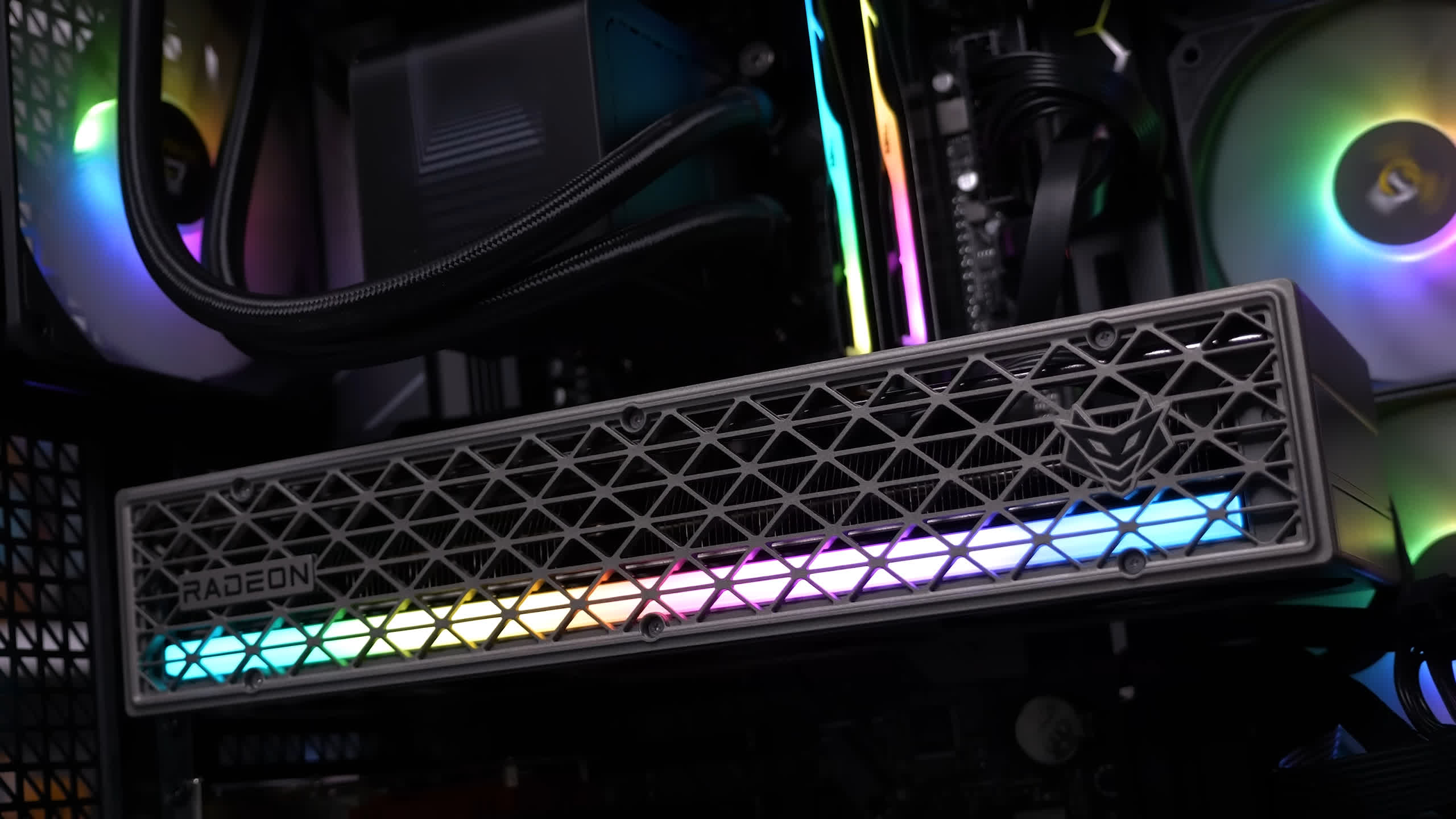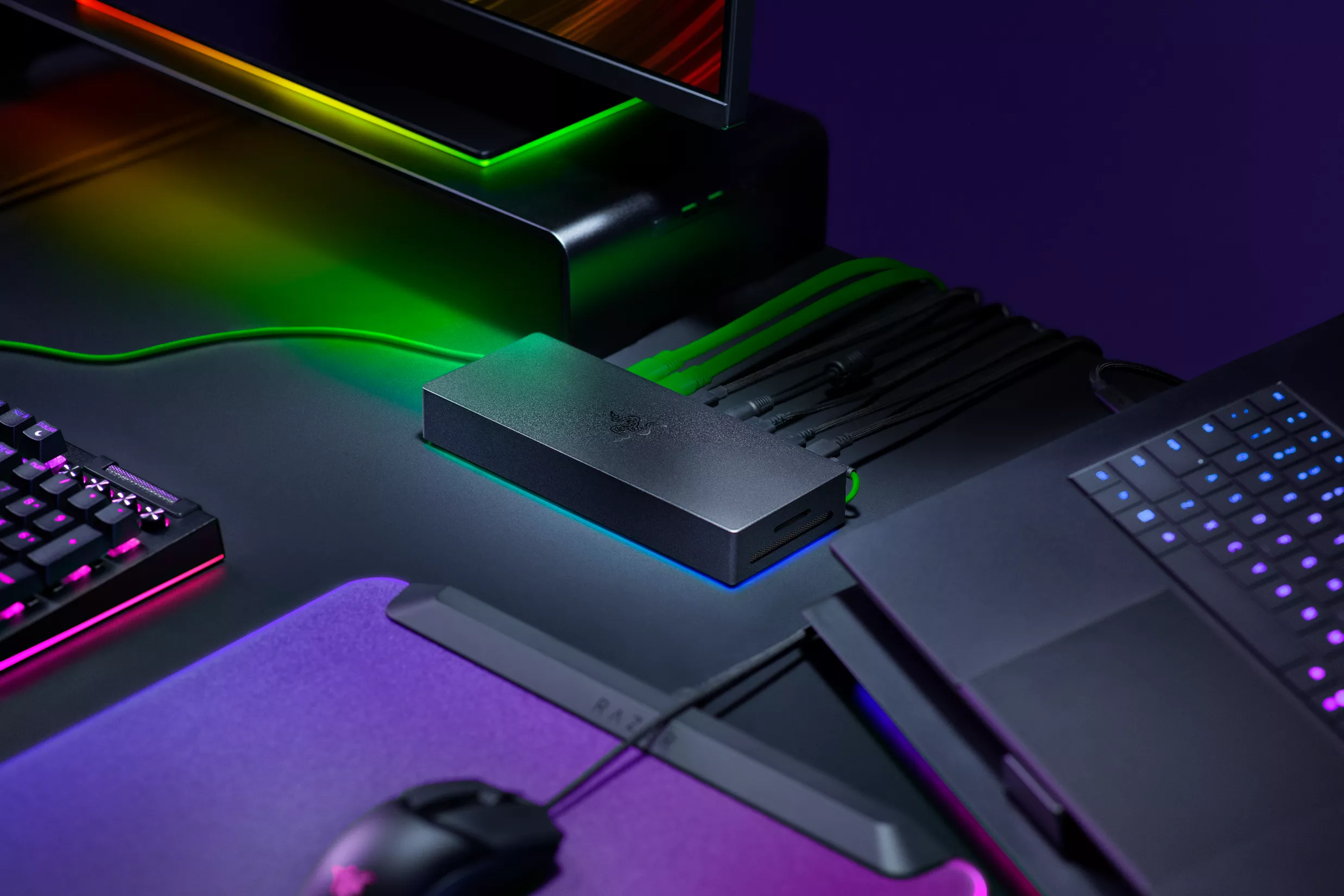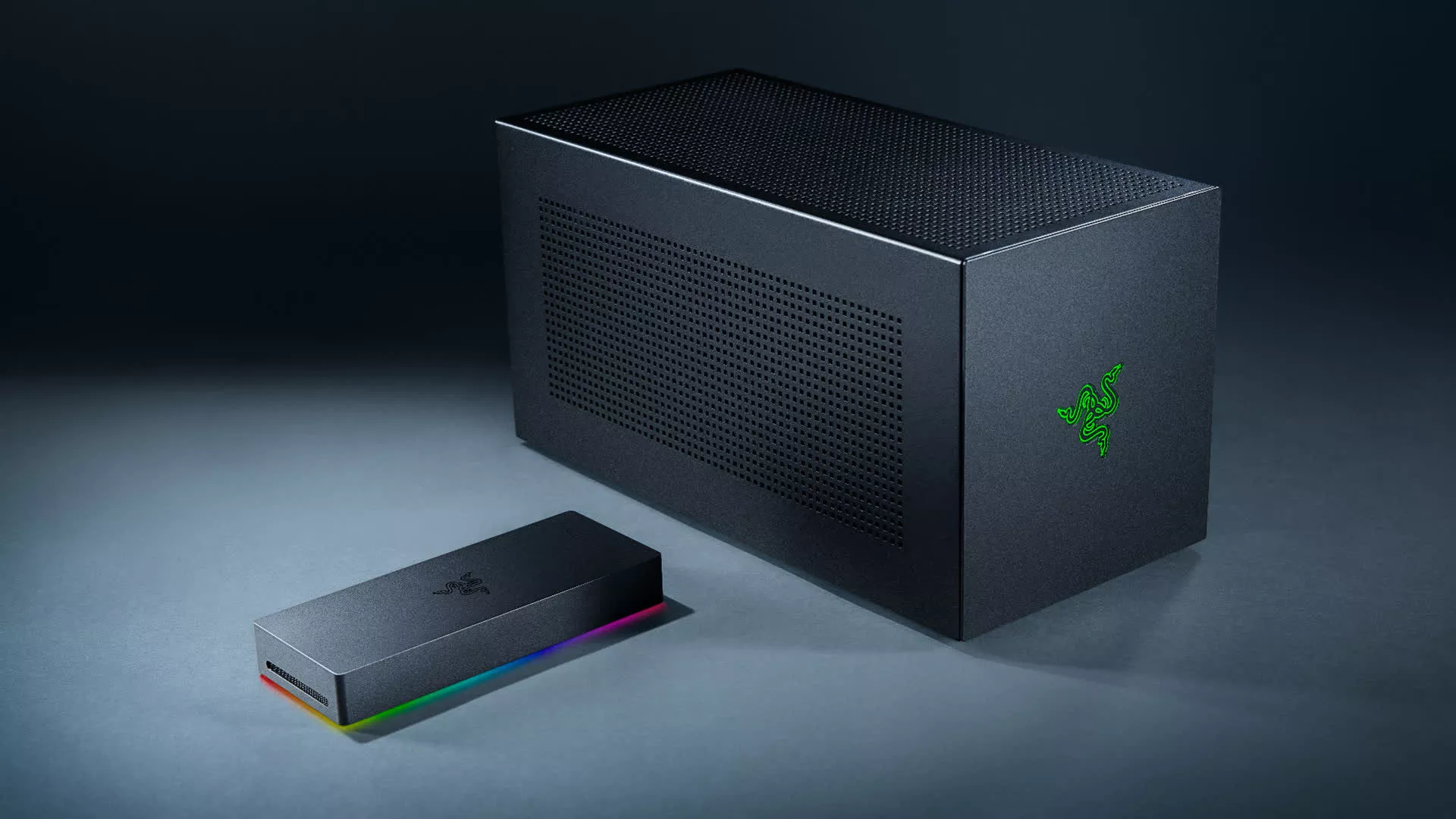Why it matters: Since Thunderbolt 5 devices landed late last year, laptop gamers have eagerly anticipated the benefits they could bring to external graphics. Following manufacturers like Asus and Gigabyte, Razer is the latest company to adopt the technology, meaning to enhance mobile lower-power devices with high-end graphics performance.

Razer recently unveiled its first Thunderbolt 5-compatible docking station and external graphics card enclosure. These accessories provide laptops and handheld gaming PCs with ample bandwidth for fast charging, multiple high-resolution display outputs, and desktop-class gaming performance.
The company's new dock starts at $389.99. It includes three Thunderbolt 5 downstream ports, one upstream port, a gigabit Ethernet socket, a 250W power port that can charge laptops at up to 140W, an SD card slot, a 7.1 surround sound headphone jack, and two additional 10Gb/s USB 3 ports.
The downstream Thunderbolt 5 ports support DisplayPort 2.1, enabling connections at resolutions of 8K at 60Hz, 4K at 240Hz, 1440p at 500Hz, or triple-monitor 4K at 144Hz. A PCIe 4.0 M.2 slot supports up to 8TB of SSD storage.

Meanwhile, the 2025 revision of the Razer Core X V2, starts at $349.99 and can house most Nvidia and AMD desktop graphics cards up to four slots wide and deliver graphics to laptops or handheld gaming PCs that support Thunderbolt 5, Thunderbolt 4, or USB4. A 1-meter Thunderbolt 5 cable is included.
The Razer Thunderbolt 5 dock is available now, while release details for the 2025 Core X V2 have yet to be announced.
The market for external graphics cards and enclosures has been growing steadily, but their high power and bandwidth requirements make cable technology a significant performance bottleneck.
Before the debut of Thunderbolt 5, OCuLink emerged as an alternative to Thunderbolt 4 and USB4, however these can still hinder high-end GPU performance under certain conditions.

Benchmarks show that OCuLink, which supports up to 64 Gbps of bandwidth compared to Thunderbolt 4's 40 Gbps, can reduce the performance of an Nvidia RTX 4090 by up to 23% in 3DMark. Switching from a laptop's internal display to an external monitor narrowed the gap to around 17%, and in some cases, eliminated it entirely.
Thunderbolt 5 supports 80 Gbps bidirectional and up to 120 Gbps upstream connections, so it can significantly improve the viability of external graphics solutions. Asus introduced a Thunderbolt 5 mobile RTX 5090 eGPU at CES in January, and Gigabyte followed with a water-cooled external desktop 5090 using the same technology at Computex in May.